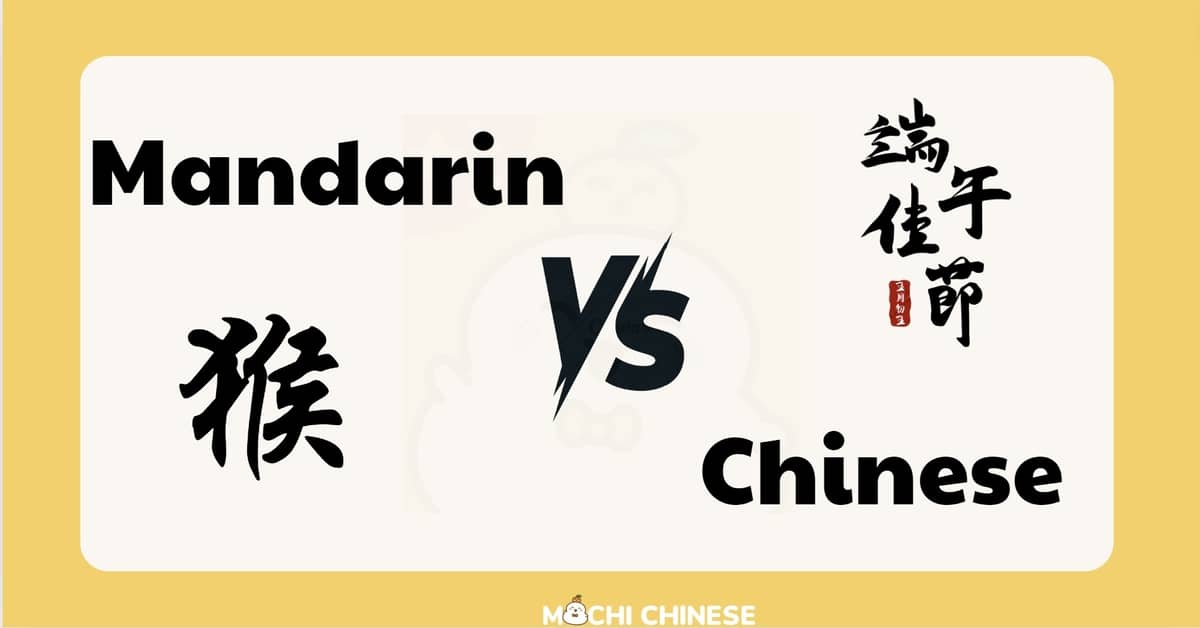Hello – 你好! Welcome to the world of Chinese! As you embark on this exciting journey to learn one of the world’s most spoken languages, knowing where to start can sometimes feel overwhelming. That’s why we’re focusing on 100 essential Chinese words that will give you a solid foundation in everyday communication. Mastering these basics can significantly boost your confidence and comprehension early on. So let’s dive into these words, categorized to make your learning process as straightforward and enjoyable as possible!
1. Pronouns – The Building Blocks of Sentences
Personal and Possessive Pronouns
Pronouns are essential as they allow you to identify subjects and objects within conversations:
- 我 (wǒ) – I, me
- 你 (nǐ) – You (singular)
- 他 (tā) – He, him
- 她 (tā) – She, her
- 它 (tā) – It (for non-human)
- 我们 (wǒmen) – We, us
- 你们 (nǐmen) – You (plural)
- 他们 (tāmen) – They (male/mixed gender)
- 她们 (tāmen) – They (female)
- 它们 (tāmen) – They (non-human)
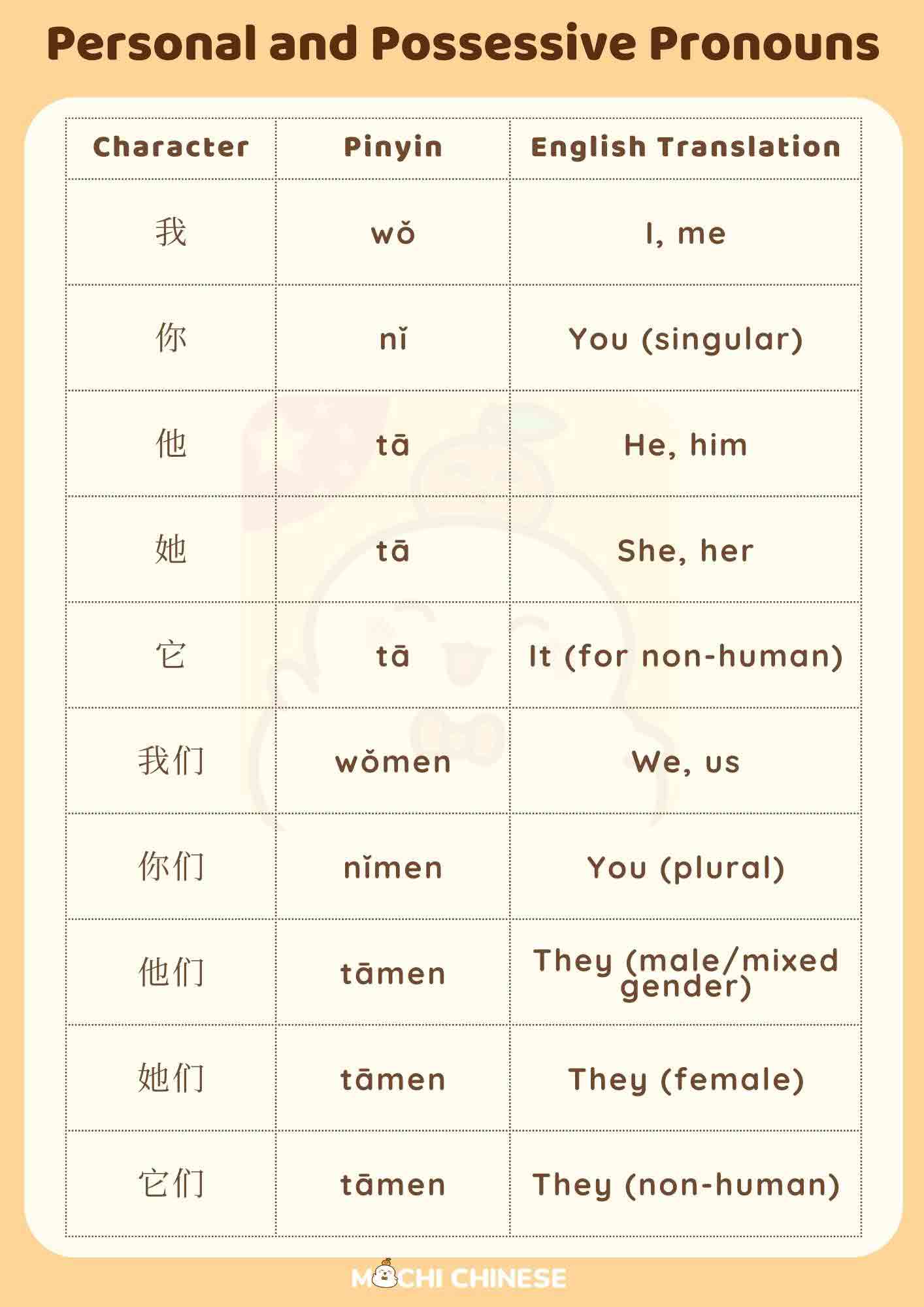
2. Basic Verbs – Actions and States
Essential Verbs for Daily Use
Verbs bring your language to life. Here are some crucial actions and states you’ll use daily:
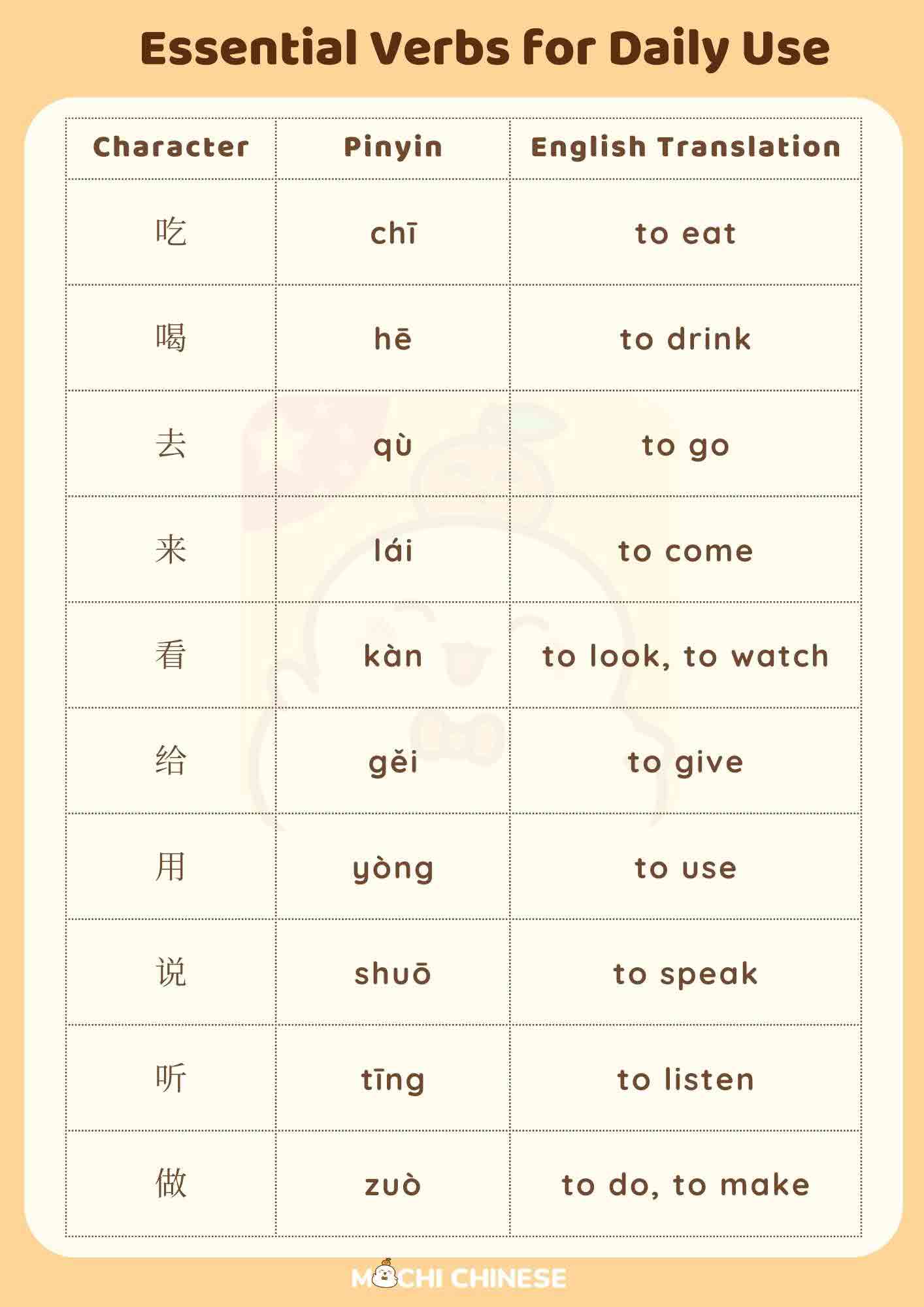
- 吃 (chī) – to eat
- 喝 (hē) – to drink
- 去 (qù) – to go
- 来 (lái) – to come
- 看 (kàn) – to look, to watch
- 给 (gěi) – to give
- 用 (yòng) – to use
- 说 (shuō) – to speak
- 听 (tīng) – to listen
- 做 (zuò) – to do, to make
3. Everyday Nouns – Naming Your World
People, Places, and Objects
Nouns help you identify and talk about people, places, and things. Here are some you’ll encounter often:
- 书 (shū) – book
- 手机 (shǒujī) – cellphone
- 桌子 (zhuōzi) – table
- 椅子 (yǐzi) – chair
- 衣服 (yīfu) – clothes
- 鞋子 (xiézi) – shoes
- 食物 (shíwù) – food
- 水果 (shuǐguǒ) – fruit
- 车 (chē) – car, vehicle
- 门 (mén) – door
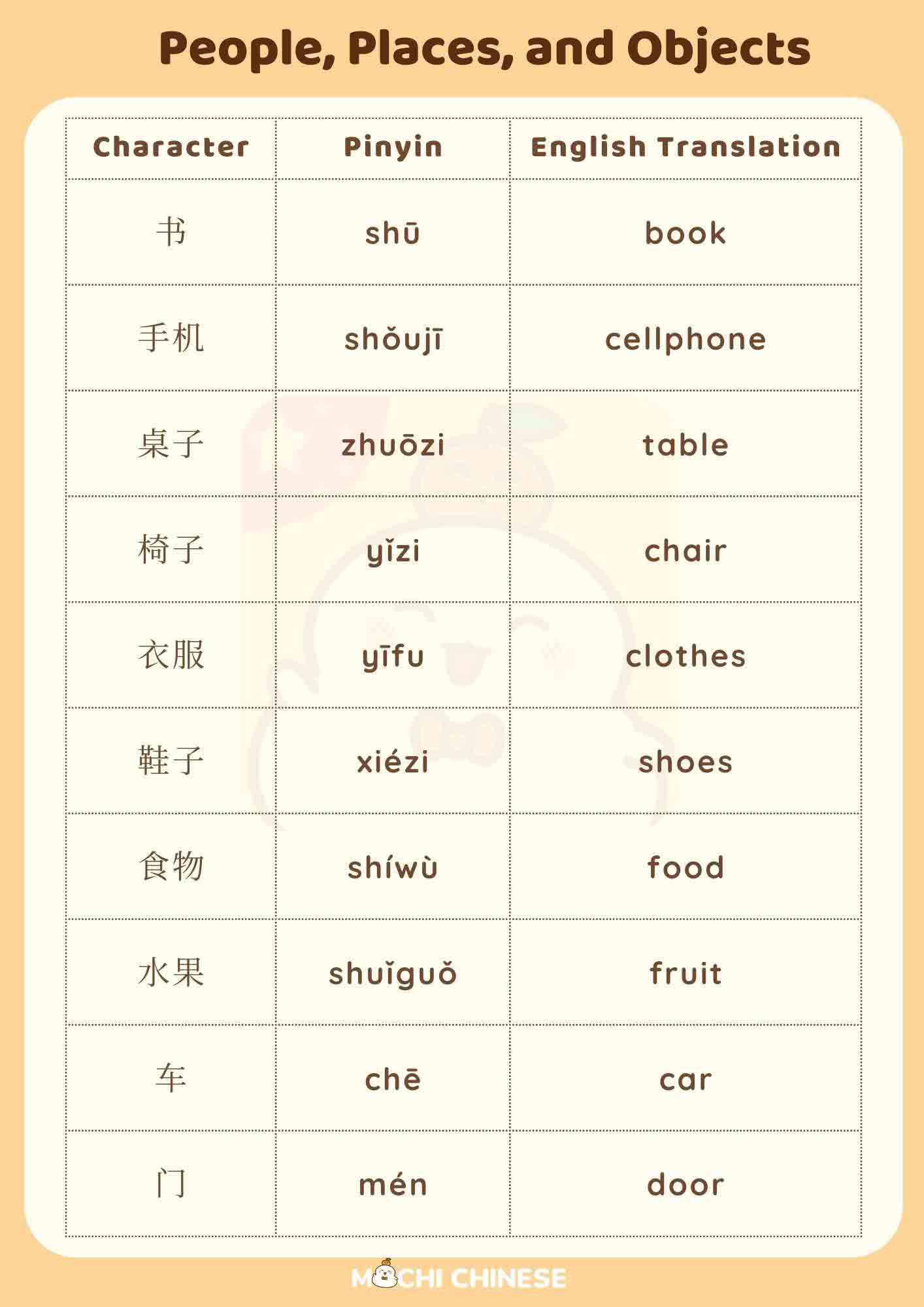
4. Adjectives – Describing Things Around You
Descriptive and Qualitative Words
Adjectives add colour and detail to your conversations. Here are some simple yet vivid descriptors:
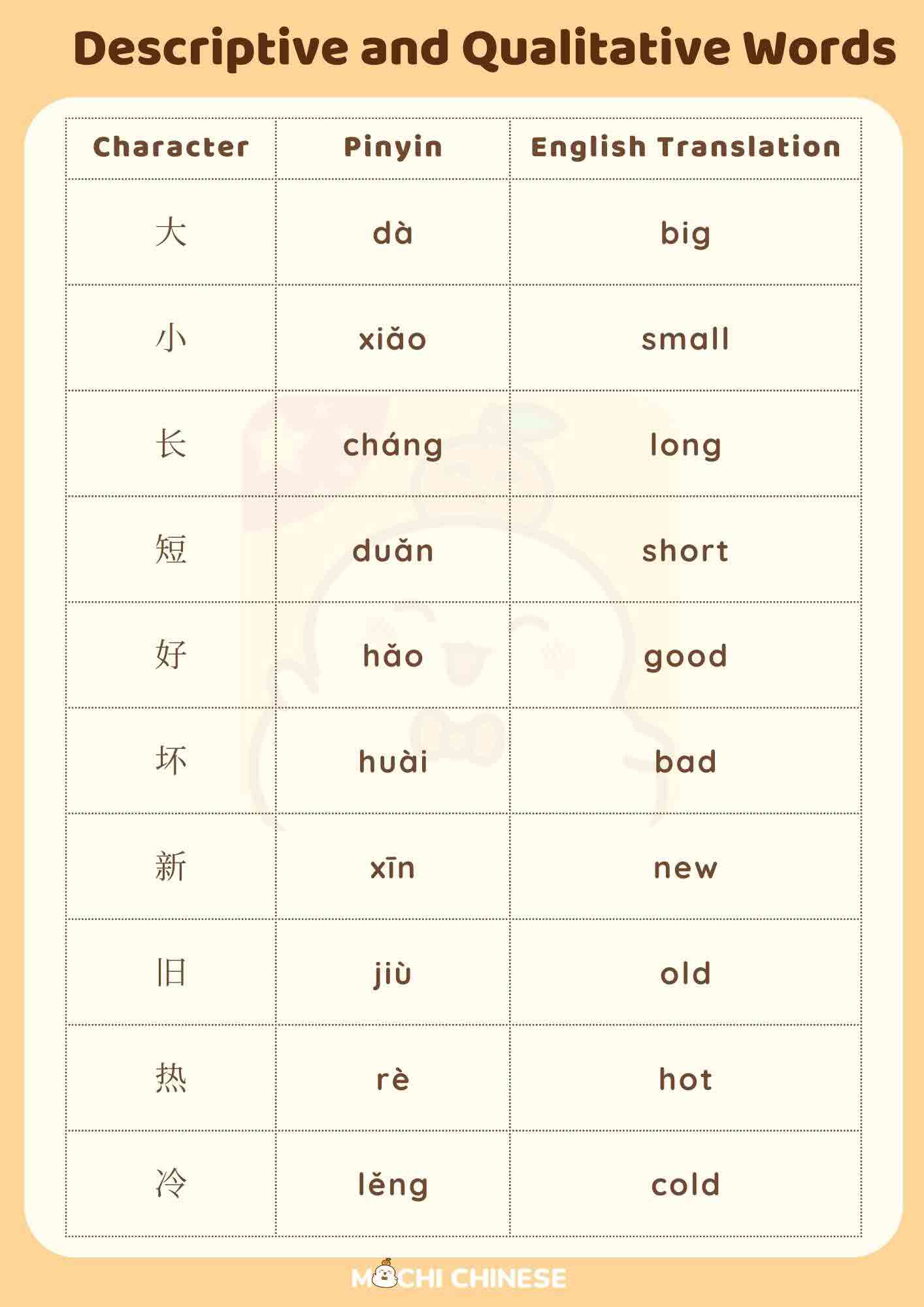
- (dà) – big (xiǎo) – small
- 长 (cháng) – long
- 短 (duǎn) – short
- 好 (hǎo) – good
- 坏 (huài) – bad
- 新 (xīn) – new
- 旧 (jiù) – old
- 热 (rè) – hot
- 冷 (lěng) – cold
5. Numbers and Quantifiers – Counting and Describing Quantities
Basic Numerals and Measures
Knowing numbers and common quantifiers allows you to specify quantities and discuss numbers:
- 一 (yī) – one
- 二 (èr) – two
- 三 (sān) – three
- 四 (sì) – four
- 五 (wǔ) – five
- 六 (liù) – six
- 七 (qī) – seven
- 八 (bā) – eight
- 九 (jiǔ) – nine
- 十 (shí) – ten
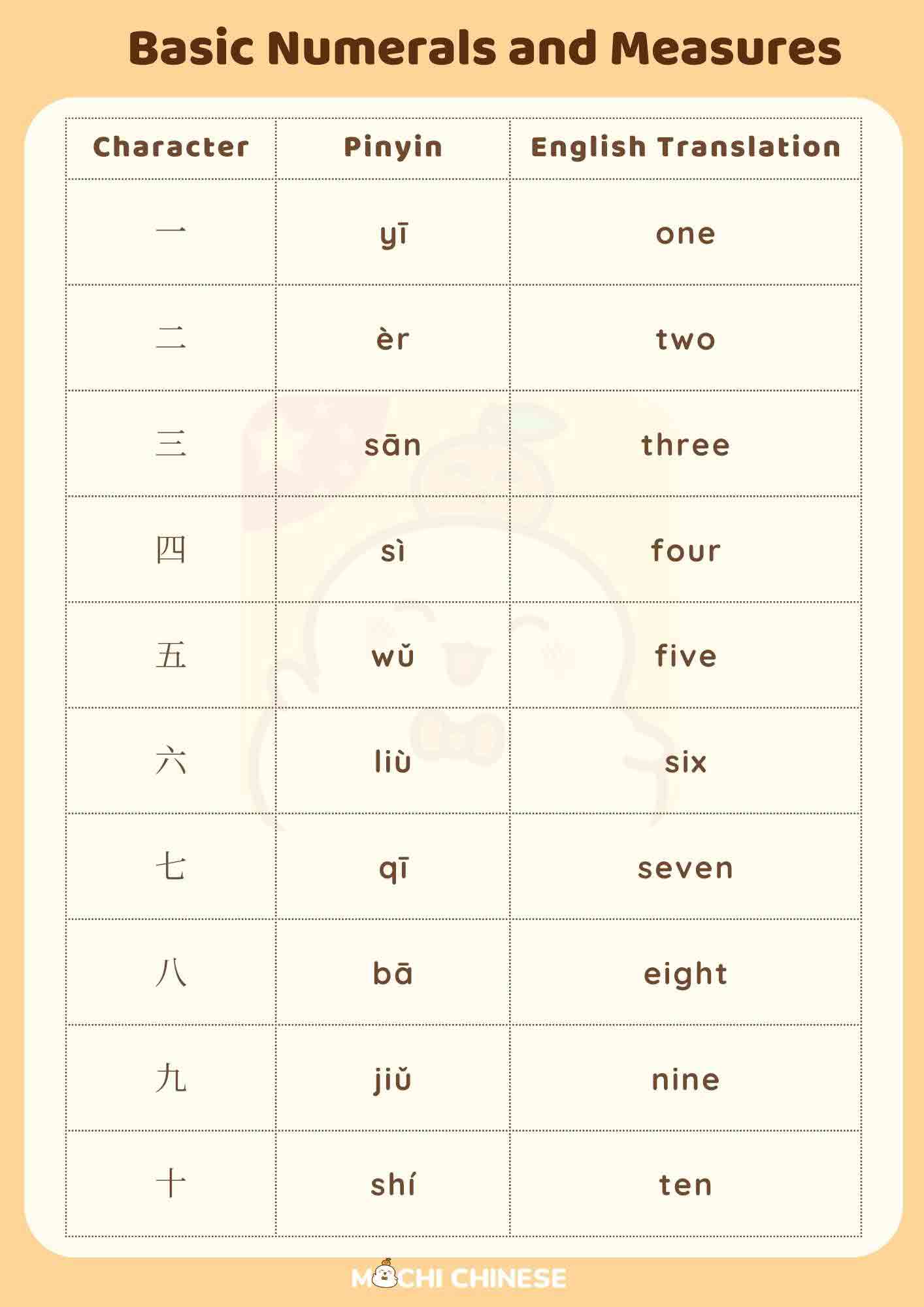
6. Colours and Shapes – Visual Descriptions
Identifying Colors and Basic Shapes
Colours and shapes are often used in everyday life to describe objects, making these words incredibly useful:
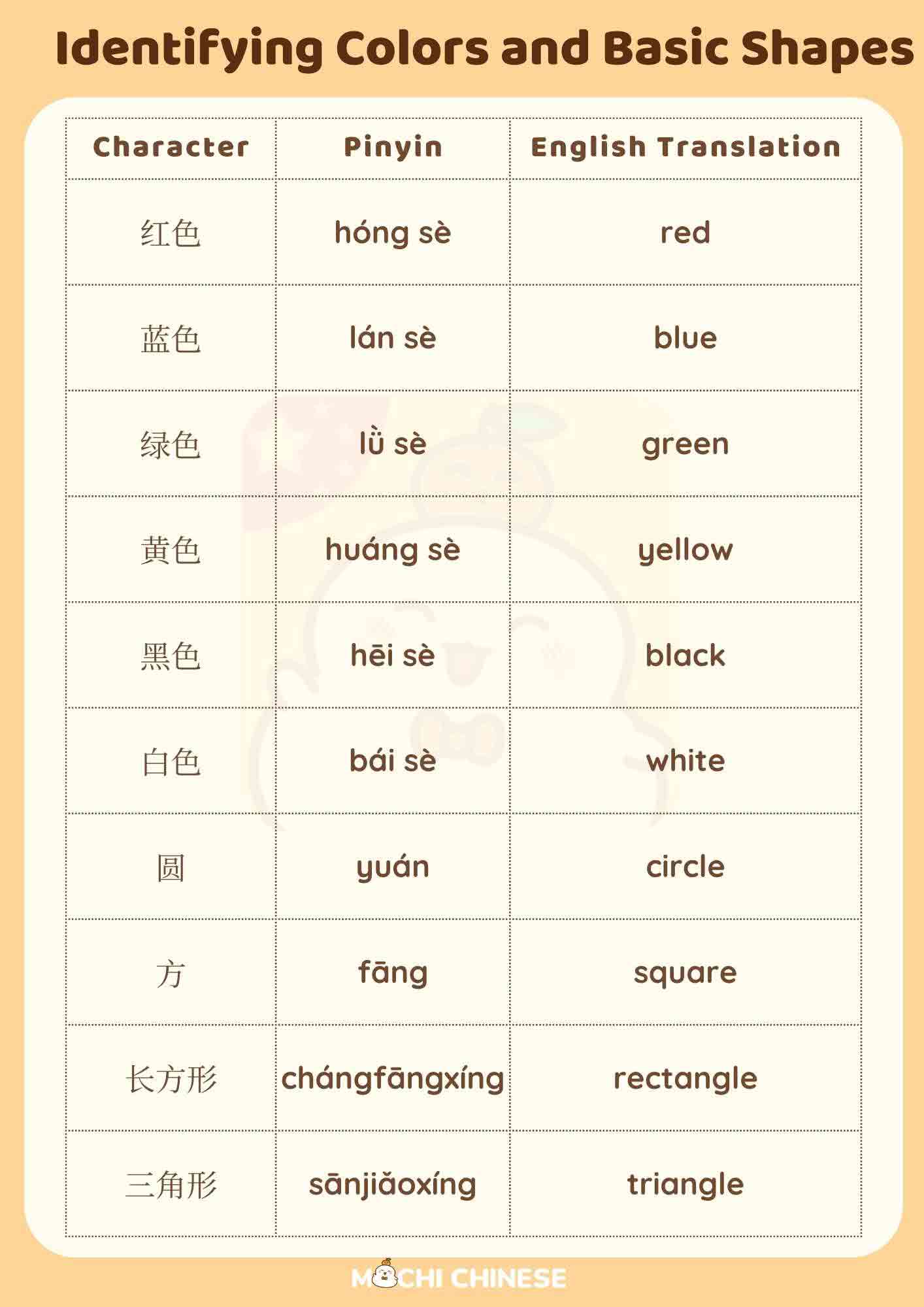
- 红色 (hóng sè) – red
- 蓝色 (lán sè) – blue
- 绿色 (lǜ sè) – green
- 黄色 (huáng sè) – yellow
- 黑色 (hēi sè) – black
- 白色 (bái sè) – white
- 圆 (yuán) – circle
- 方 (fāng) – square
- 长方形 (chángfāngxíng) – rectangle
- 三角形 (sānjiǎoxíng) – triangle
7. Days and Time – Scheduling Your Days
Learning to Plan and Schedule
Understanding days and common expressions related to time will help you plan your activities and appointments effectively:
- 星期一 (xīngqī yī) – Monday
- 星期二 (xīngqī èr) – Tuesday
- 星期三 (xīngqī sān) – Wednesday
- 星期四 (xīngqī sì) – Thursday
- 星期五 (xīngqī wǔ) – Friday
- 星期六 (xīngqī liù) – Saturday
- 星期日 (xīngqī rì) – Sunday
- 今天 (jīntiān) – today
- 昨天 (zuótiān) – yesterday
- 明天 (míngtiān) – tomorrow
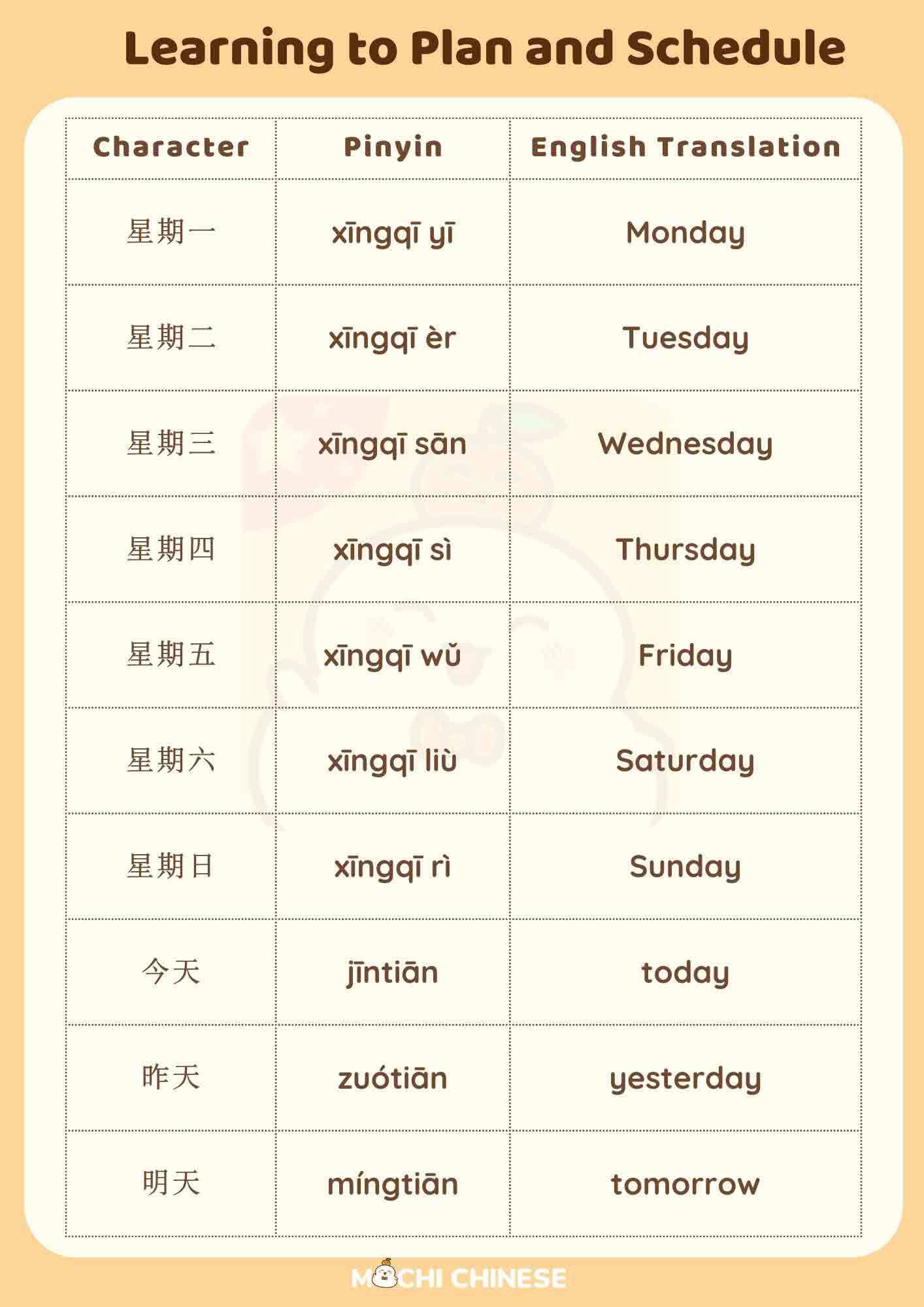
8. Question Words – Expanding Conversations
Inquiring Minds Want to Know
Asking questions is essential for gathering information and engaging in meaningful conversations:

- 谁 (shéi) – who
- 什么 (shénme) – what
- 哪里 (nǎlǐ) – where
- 何时 (hé shí) – when
- 为什么 (wèishéme) – why
- 怎么 (zěnme) – how
- 多少 (duōshǎo) – how many/much
- 哪个 (nǎ ge) – which
- 怎样 (zěnyàng) – how is
- 何处 (hé chù) – where at
9. Useful Phrases – Essential Interactions
Phrases for Everyday Use
Being polite and knowing key social phrases are crucial for navigating social interactions smoothly:
- 你好 (nǐ hǎo) – Hello
- 再见 (zàijiàn) – Goodbye
- 谢谢 (xièxiè) – Thank you
- 不客气 (bù kèqi) – You’re welcome
- 请 (qǐng) – please
- 对不起 (duìbuqǐ) – sorry
- 没关系 (méi guānxi) – it’s okay
- 可以 (kěyǐ) – can, may
- 我想 (wǒ xiǎng) – I would like
- 帮助 (bāngzhù) – to help
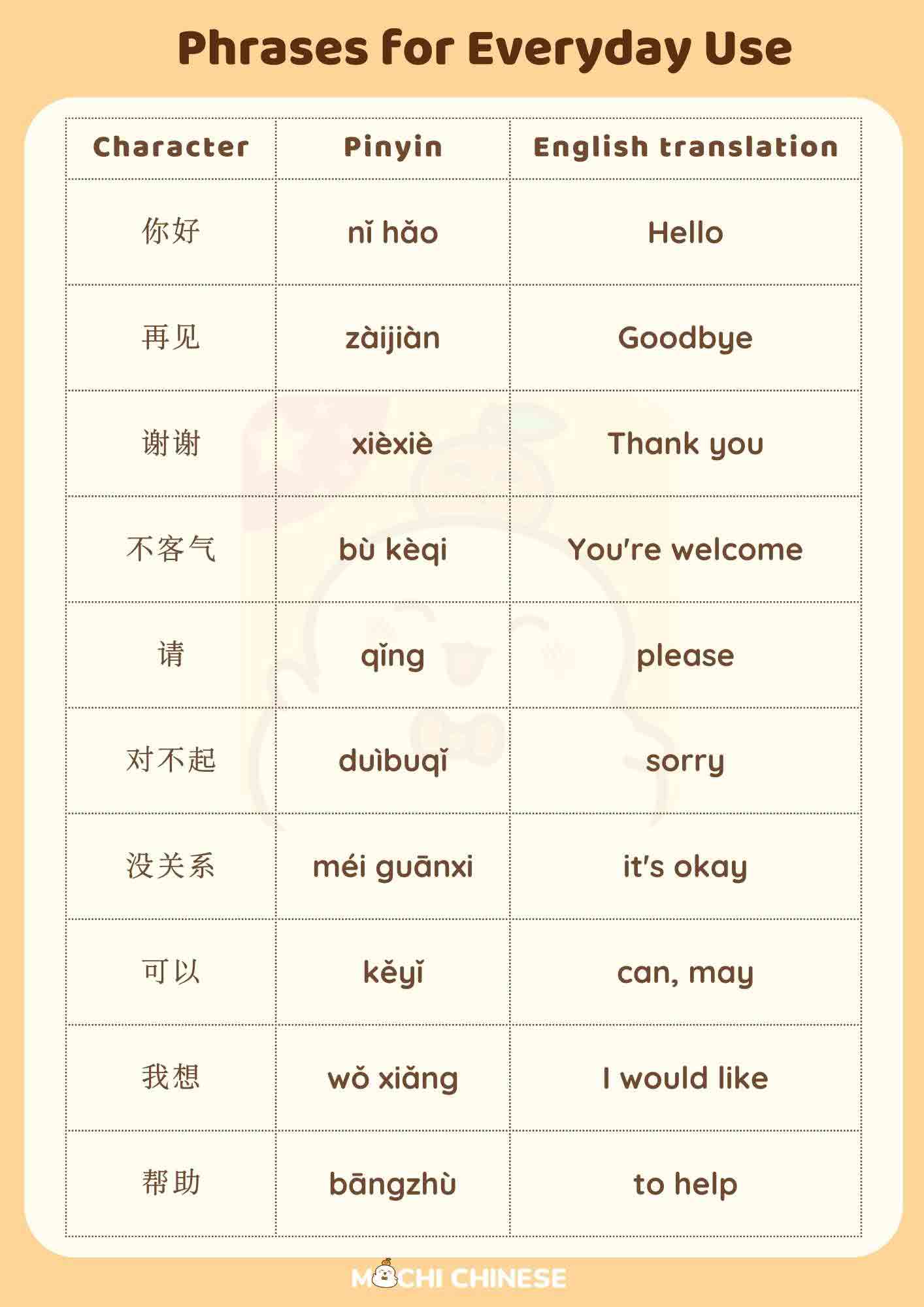
10. Food and Drink – Culinary Vocabulary
Delicious Words to Know
Whether ordering in a restaurant or shopping in a market, knowing these food-related words will enhance your dining and shopping experience:
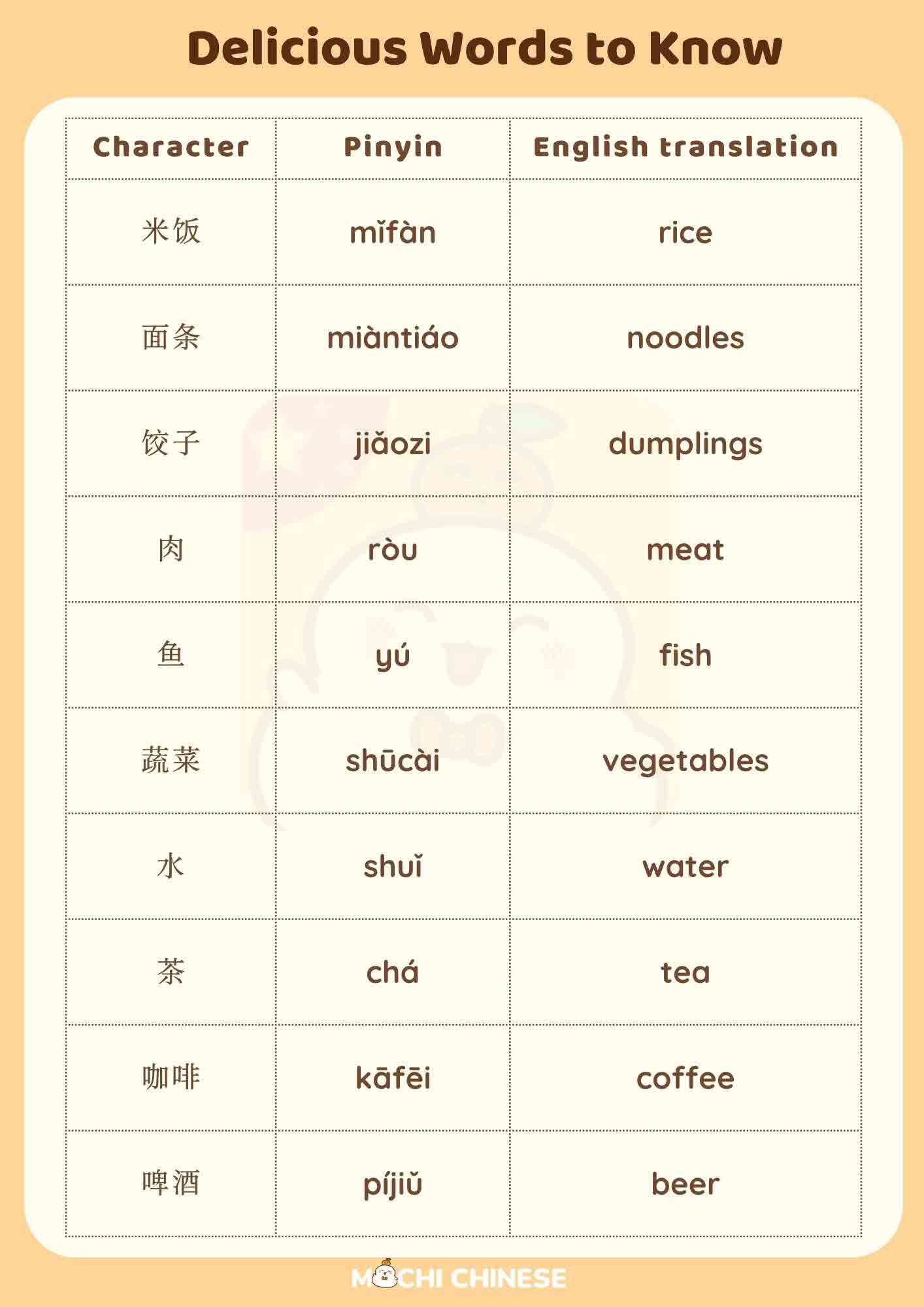
- 米饭 (mǐfàn) – rice
- 面条 (miàntiáo) – noodles
- 饺子 (jiǎozi) – dumplings
- 肉 (ròu) – meat
- 鱼 (yú) – fish
- 蔬菜 (shūcài) – vegetables
- 水 (shuǐ) – water
- 茶 (chá) – tea
- 咖啡 (kāfēi) – coffee
- 啤酒 (píjiǔ) – beer
11. Transportation – Getting Around
Navigating Transit
When travelling or simply moving around in a Chinese-speaking region, these terms are indispensable:
- 车 (chē) – car
- 公交车 (gōngjiāo chē) – bus
- 地铁 (dìtiě) – subway
- 火车 (huǒchē) – train
- 飞机 (fēijī) – airplane
- 自行车 (zìxíngchē) – bicycle
- 出租车 (chūzū chē) – taxi
- 走路 (zǒulù) – to walk
- 站 (zhàn) – station
- 机场 (jīchǎng) – airport
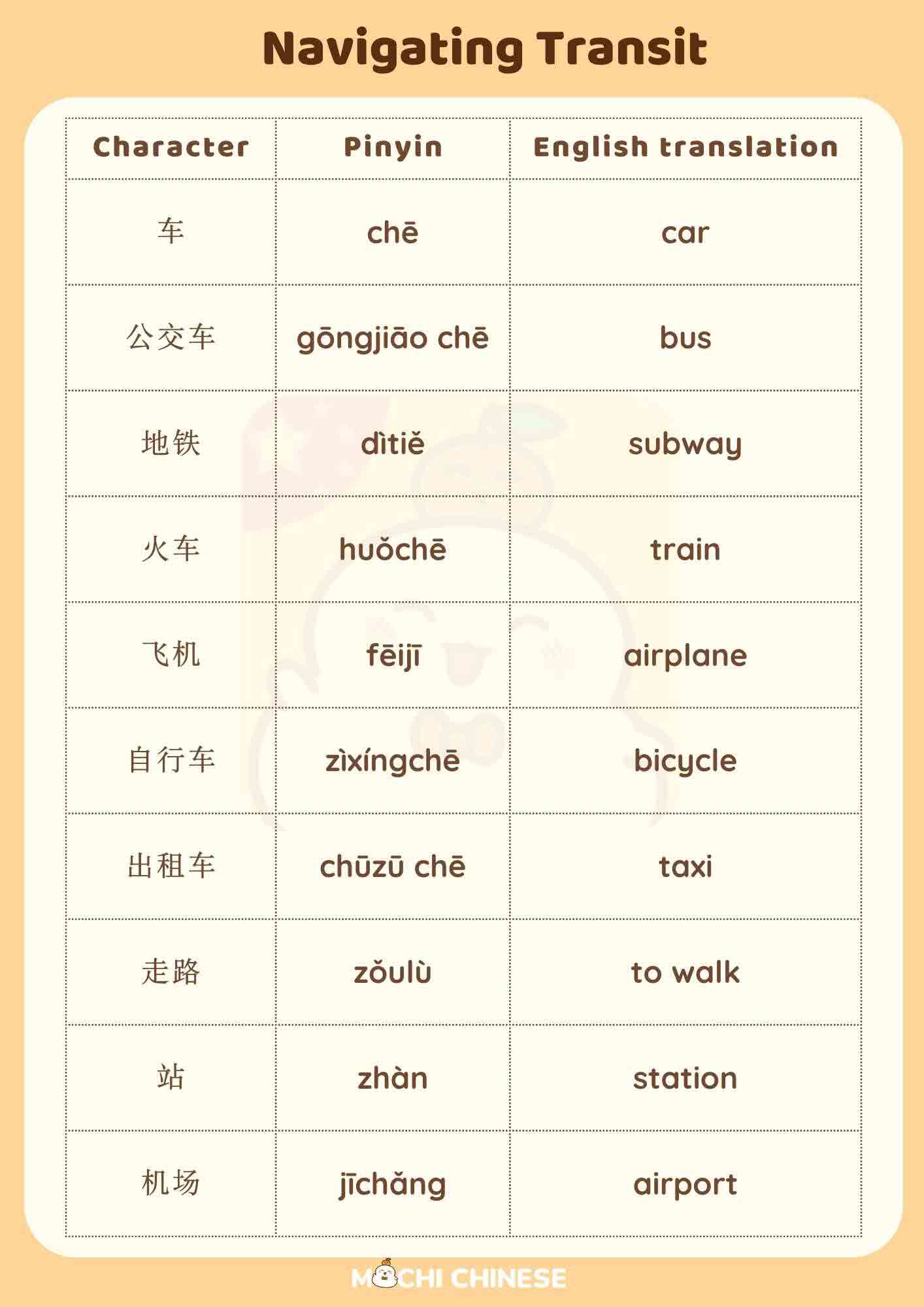
Conclusion
Armed with these 100 essential Chinese words, you’re now better equipped to start communicating in Chinese Mandarin. I encourage you to keep learning, practising, and expanding your vocabulary.
If you’re looking to quickly build a solid foundation, I highly recommend exploring Mochi Chinese as your go-to learning tool. Mochi Chinese offers an extensive collection of ~ 5000 vocabulary words.
What sets Mochi Chinese apart is its use of Spaced Repetition, a scientifically proven method that enhances long-term retention of information. This feature ensures that you’re reviewing words at optimal intervals, which significantly boosts the likelihood of retaining them in your long-term memory. Whether you’re studying for daily communication or preparing for the HSK exams, Mochi Chinese provides engaging activities that make learning effective and enjoyable.
Remember, the key to language learning success is consistent practice and exposure. Use these words daily, engage in conversations, and immerse yourself in as many listening and speaking activities as you can.





